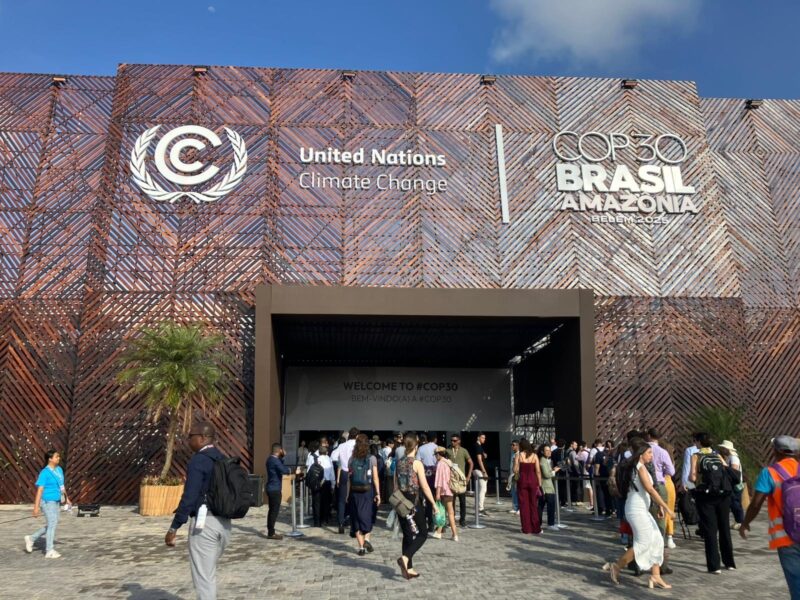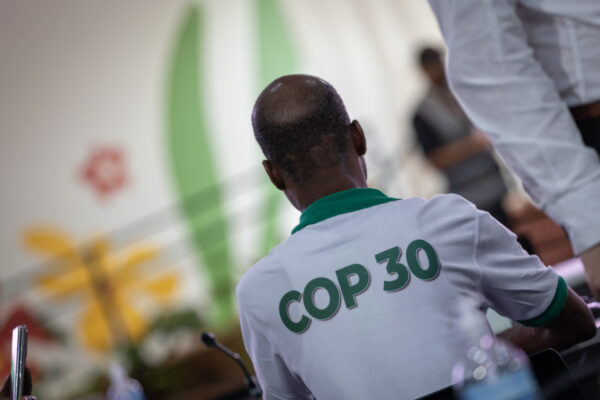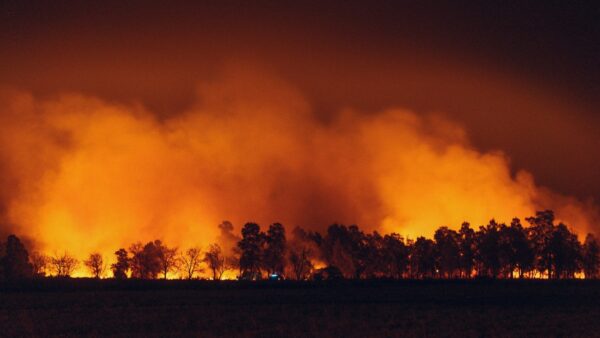Rapid methane cuts can still help rescue 1.5°C – governments must build on growing momentum
Action on cutting emissions has been lagging behind for years. Despite commitments to the Global Methane Pledge, the Global Methane Status Report shows that action on methane has been sluggish against earlier forecasts.
Share

Climate Analytics today urged governments to accelerate methane reductions this decade to keep the Paris Agreement’s 1.5°C limit in reach. While methane emissions are still rising across energy, agriculture and waste, new analysis shows policy momentum is building – and can bend the curve if rapidly implemented with enforcement.
“Faster action on methane is one of the most powerful climate levers we have this decade,” said Bill Hare, CEO, Climate Analytics. “Curbing fossil fuels is the most effective way to cut methane from the energy sector. In fact, cutting fossil fuel use could deliver about 60% of total methane reductions needed by 2030 while also reducing CO₂. Targeted fixes for existing and abandoned fossil fuel infrastructure, alongside measures in waste and agriculture, can deliver swift, meaningful reductions.
“Action from China, which leads the world in methane emissions, is essential. Together China, the United States, and India account for 33% of global methane emissions.
“It is essential that all governments build momentum to accelerate emissions reductions in line with 1.5°C. Faster action on methane is one of the most powerful climate levers we can pull this decade to keep the 1.5°C Paris Agreement goal within reach. Rapid methane reductions, alongside ambitious carbon dioxide mitigation, are essential to limit near-term warming as close as possible to 1.5°C.”
Action on cutting emissions has been lagging behind for years. Despite commitments to the Global Methane Pledge, the Global Methane Status Report shows that action on methane has been sluggish against earlier forecasts.
Policy outlook:
- Despite sluggish global progress under the Global Methane Pledge, governments are strengthening regulation, finance and monitoring. They must now convert momentum into implementation at scale, aligned with 1.5°C.
- Priorities for the energy sector include phasing down fossil fuel production and use, rapidly deploying leak detection and repair, eliminating routine flaring and venting, and addressing methane from abandoned wells, mines and infrastructure.
- Parallel action is needed on waste (landfill gas capture, organics diversion) and agriculture (manure management, rice production improvements, feed and breeding strategies), tailored to national circumstances.
Key facts:
- Methane drives roughly 30% of observed warming and has ~28x the warming impact of CO₂ over 100 years.
- Anthropogenic methane rose ~26% since 1990 (274 → 345 Mt CH₄ in 2022), driven by fossil extraction growth, rising agricultural demand, and expanding waste generation.
- According to the IPCC’s Sixth Assessment Report, pathways consistent with 1.5°C require global methane to fall ~34% by 2030 and ~40% by 2035 (below 2019), with energy methane needing particularly steep cuts (on the order of two-thirds this decade).
- Emissions are concentrated: China (~60 Mt CH₄), United States (~28), and India (~27) together account for ~33% of global methane; China leads across energy, waste, and agriculture.
Our new Global Methane Explorer, tracks national methane emissions, targets, and policies for countries responsible for 90% of this greenhouse gas. By providing accessible, up-to-date data and analysis, it enables users to monitor progress, identify gaps, and support urgent, evidence-based action to accelerate methane mitigation worldwide.











